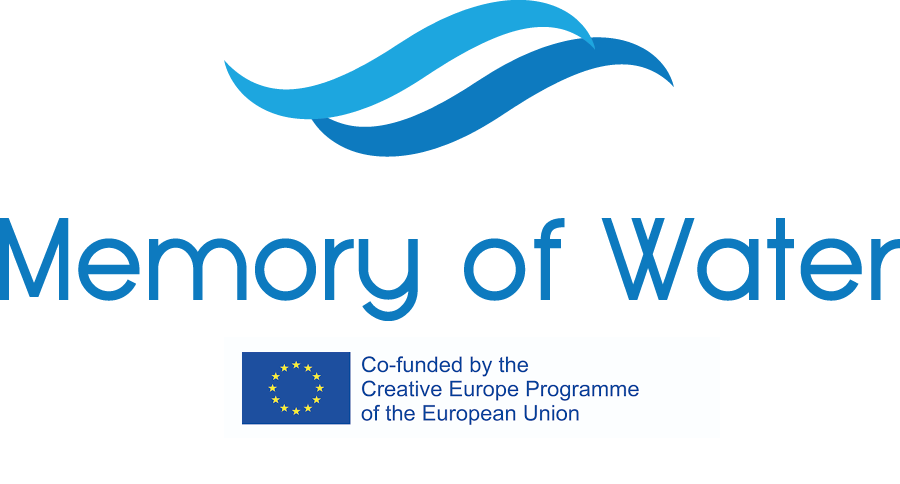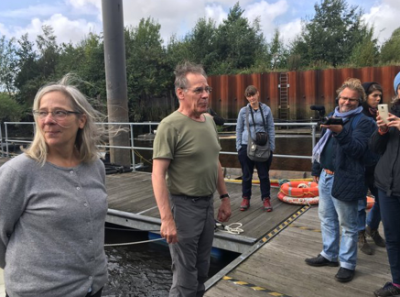Our Govan Research Residency .……..
….was an exciting rollercoaster of meeting people and projects: including a taste of local culture (haggis and whiskey) and the honour of a civic reception from the Lord Provost of Glasgow who welcomed us with hospitality and encouraging words.

Memory of Water is a trans European, artist led Creative exploration of what artists can bring to the imperative global dialogue around what’s next for our post industrial waterfront heritage zones and Govan is an excellent case study. The derelict Graving Docks are almost a blank canvas, to be painted on for the future and who better than our European artists to help us explore what might be possible for the next steps.


Govan is one of six cities who share the problems issues and barriers to moving into new positive futures that respect and incorporate the past but serve the needs of tomorrow’s local communities with diversity, employment, learning, tourism, social integration , recreation and culture. Perhaps Govan, more than most, with its rich tapestry of third sector organisations and activism still has the potential to gazump the developers and deliver something that works for local people.


Our six artists share their participatory, socially engaged, interventionist practice with local artists, as well as community organisations, activists and the one of the first examples of a community land buy out at Kinning Park Complex. All the artists (local and visiting) are passionately committed to social justice, transformation and respect for local people. They each have totally different art form specialisms: totally different approaches but with shared ethics and values, they have everything to learn from each other.


The urban laboratory discussion at the end of the week allowed us to share these ethics, values and methods. Through our deliberations, it became clear that our methods are creative and engaged and our context is cultural planning. In other words, we do not seek to develop the arts and culture where none exist. Neither is our aspiration to teach art. Rather, our aim is empowerment and transformation and our impact will be measured against the impact we can demonstrate at policy level with politicians, planners, developers and actual tangible outputs on the ground.
This project is transformative.
Not only are the communities and artists we visit in each city empowered through the process, our own participating artists are empowered too: emerging from the process as colossal human beings with an unshakable commitment to building a world that works for everyone with no one and nothing left out

